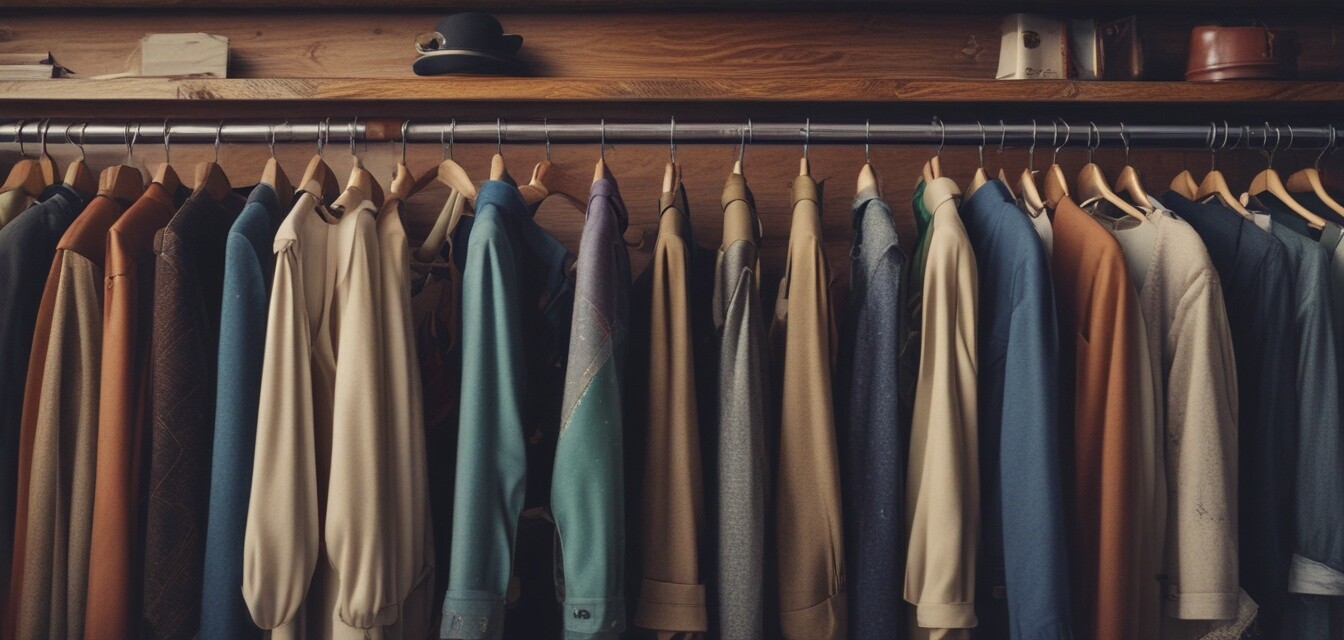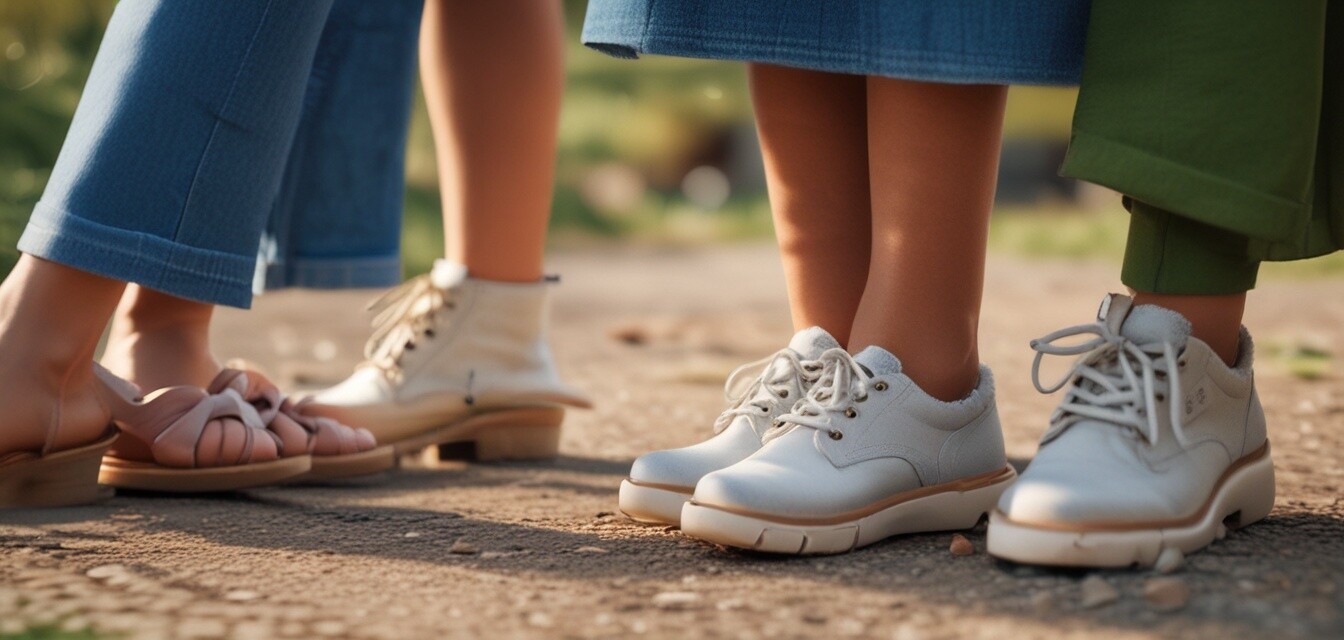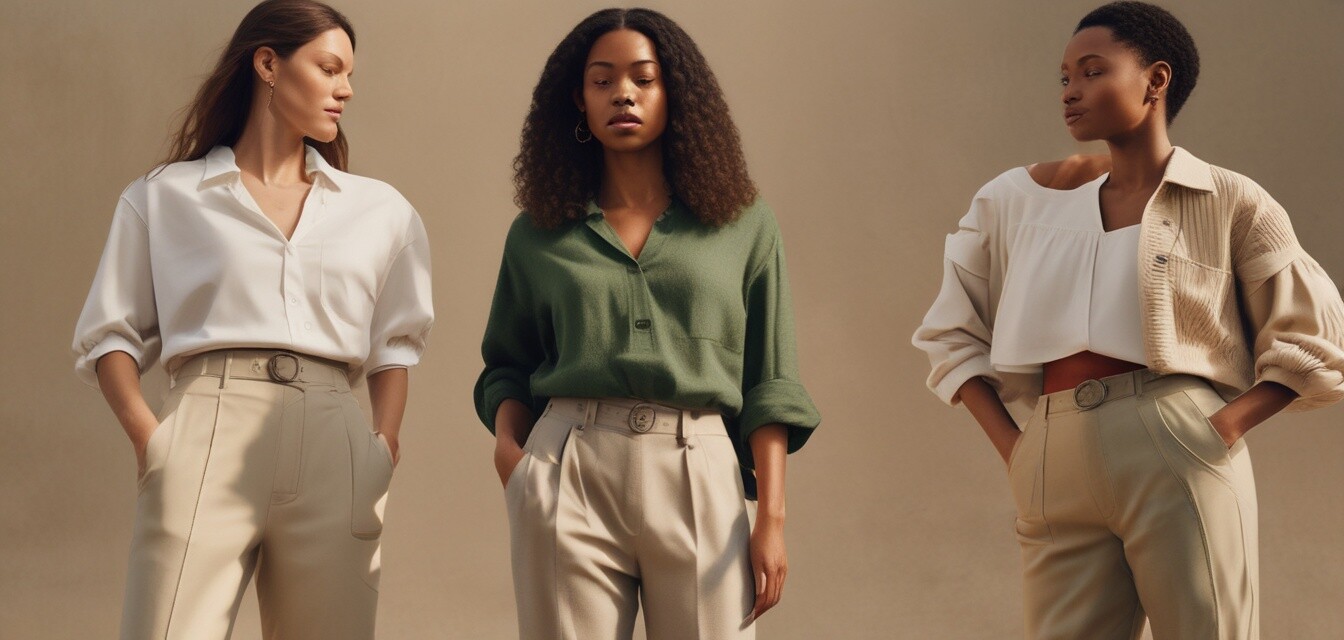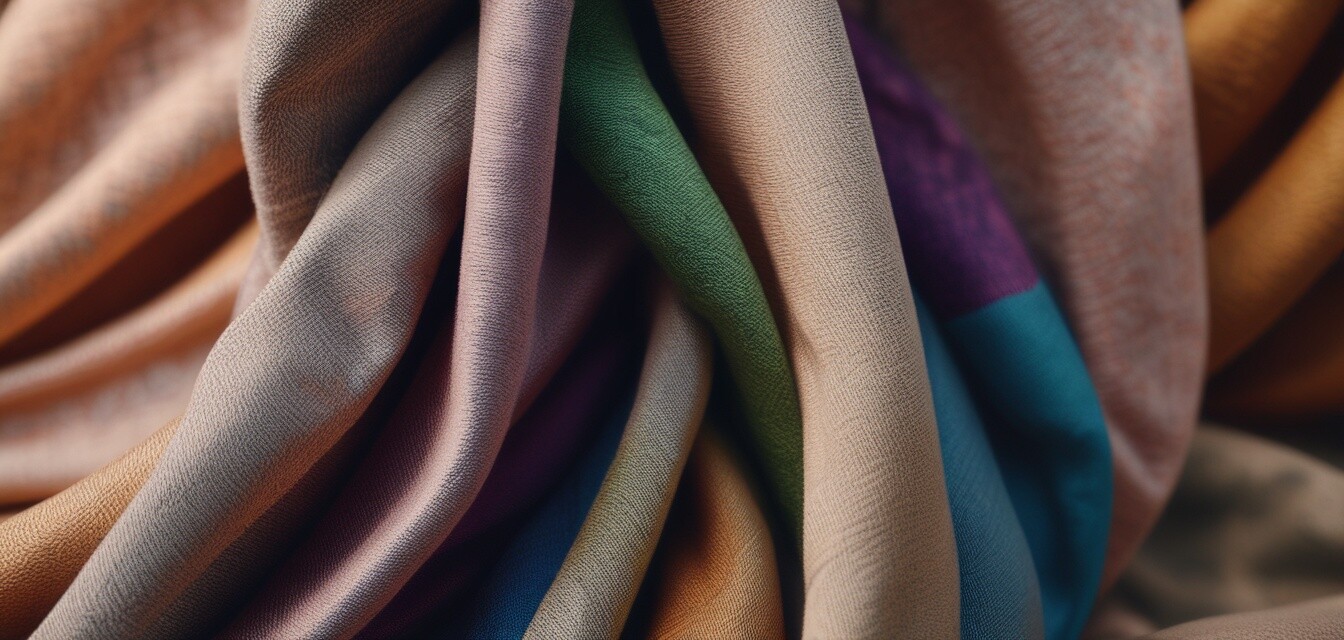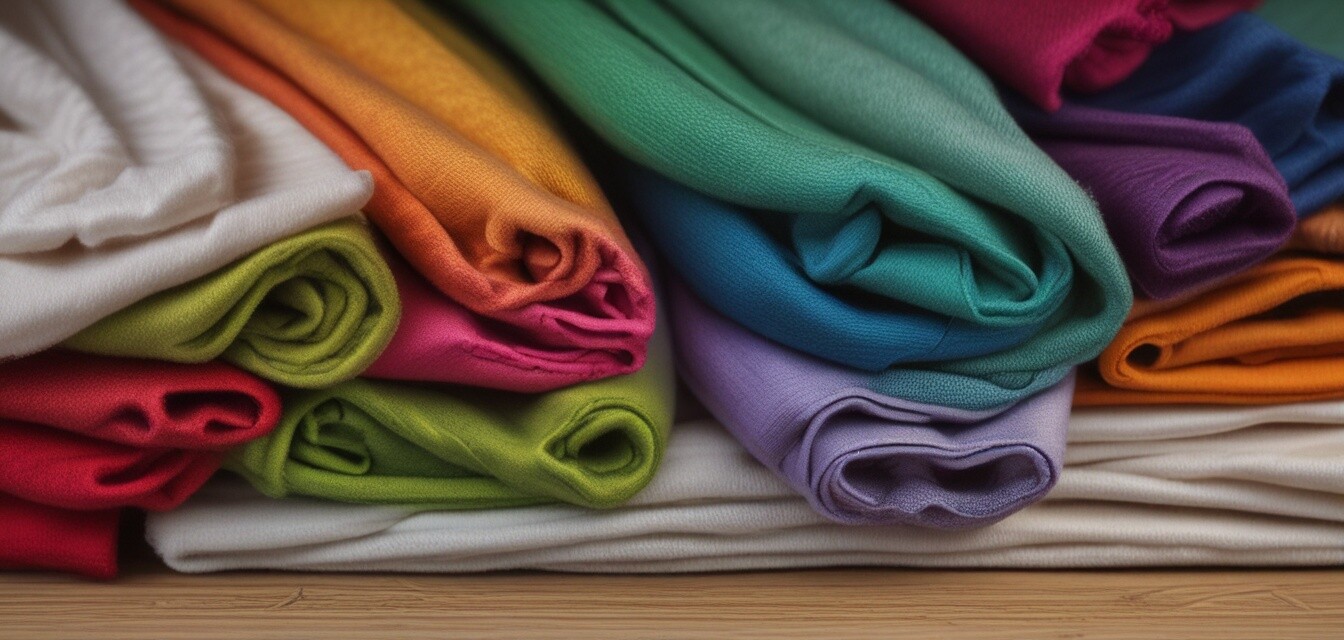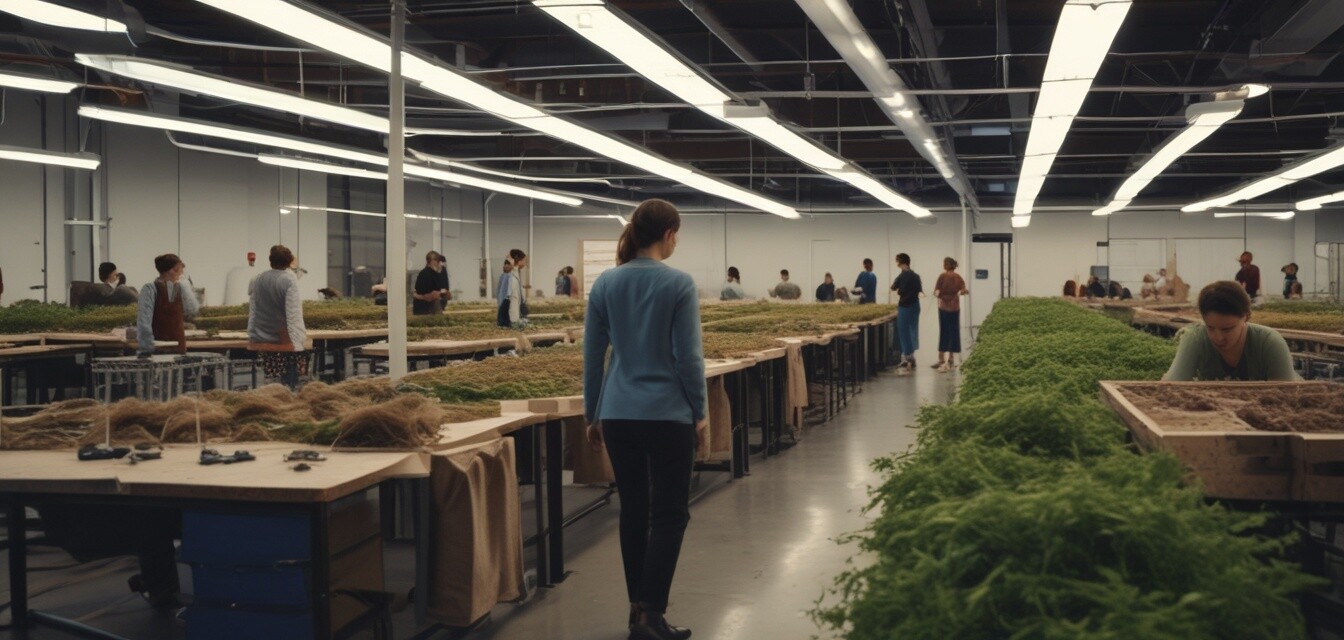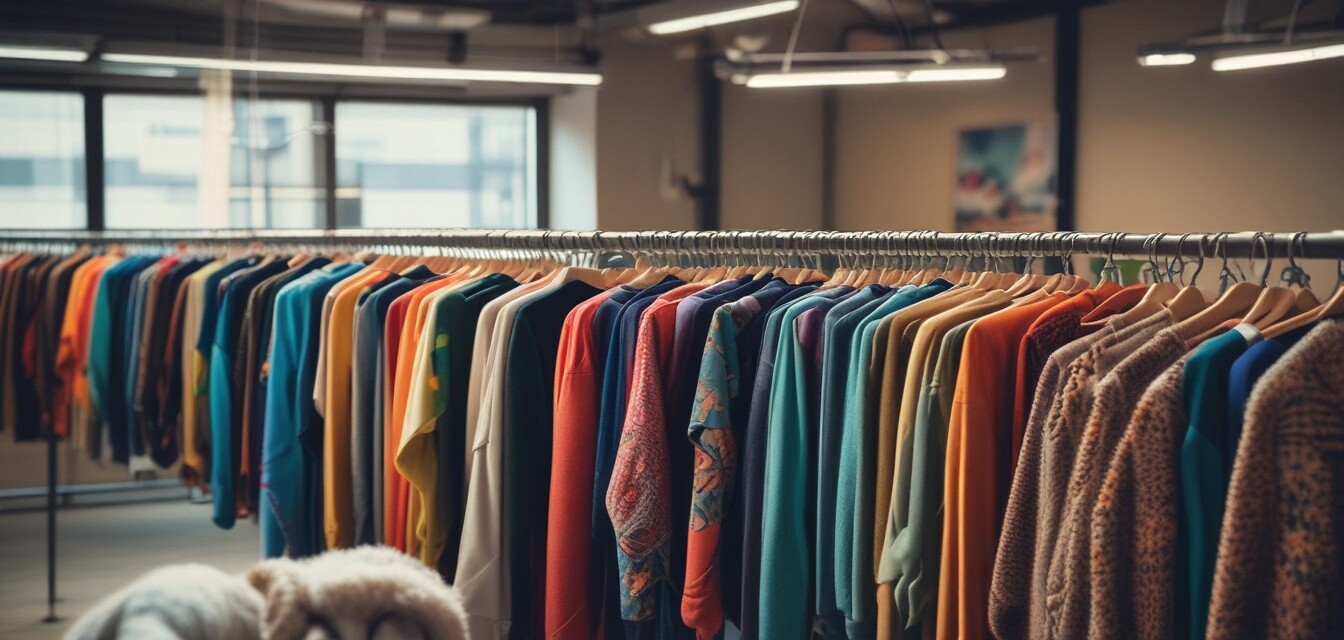
Second-Hand Fashion
Key Takeaways
- Second-hand fashion promotes sustainability and reduces waste.
- It offers unique styles that reflect personal creativity.
- Shopping second-hand can be budget-friendly.
- Support local businesses and charities through purchases.
In recent years, second-hand fashion has emerged as a significant player in the sustainable clothing movement. With a growing awareness of environmental issues, many women are turning to pre-loved garments as a stylish and eco-friendly alternative to fast fashion. This article will explore the benefits of second-hand fashion, how it supports sustainability in women's clothing, and tips for getting started.
What is second-hand fashion?
Second-hand fashion refers to clothing and accessories that have been owned and worn by someone else before being resold. This can include thrift store finds, vintage pieces, and online resale platforms. The appeal of second-hand fashion lies not only in its affordability but also in the unique styles it offers.
Benefits of second-hand fashion
- Sustainability: Buying second-hand helps reduce waste by giving garments a second life.
- Unique styles: You can find one-of-a-kind items that set you apart from mass-produced fashion.
- Cost-effective: Second-hand clothing is often much cheaper than new items.
- Supporting charities: Many thrift stores are run by non-profits, so your purchases can support good causes.
How second-hand fashion supports sustainability
Fast fashion is notorious for its negative impact on the environment, contributing to waste and pollution. In contrast, second-hand fashion promotes a circular economy where clothing is reused and recycled. Here’s how it contributes to sustainability:
| Impact of Second-Hand Fashion | Explanation |
|---|---|
| Waste Reduction | Every item bought second-hand is one less item that ends up in a landfill. |
| Resource Conservation | Reduces the demand for new materials, conserving water and energy. |
| Carbon Footprint | Lower carbon emissions associated with the production of new clothing. |
Where to find second-hand fashion
There are many places to discover second-hand fashion, each offering a unique shopping experience. Here are a few popular options:
- Thrift stores
- Consignment shops
- Online marketplaces (e.g., Poshmark, Depop)
- Local garage sales or flea markets
Tips for shopping second-hand
Beginner's tips for second-hand shopping
- Don't rush: Take your time browsing to find the best items.
- Inspect items: Check for any damages or stains before purchasing.
- Be open-minded: You may need to try on different sizes or styles.
- Make a list: Know what you need to stay focused while shopping.
Second-hand fashion trends
Second-hand fashion is not only about sustainability but also about style. Here are some current trends:
- Vintage denim
- Retro sportswear
- 1980s and 1990s inspired pieces
- Upcycled clothing items
Conclusion
Second-hand fashion is more than just a trend; it’s a movement towards a more sustainable and conscious way of dressing. By choosing pre-loved clothing, you’re not only saving money but also making a positive impact on the planet. So, dive into the world of second-hand fashion and discover the endless possibilities it offers!
Pros
- Affordable prices
- Unique finds
- Supports sustainability
- Variety of styles
Cons
- Time-consuming to find the right items
- Possible wear and tear on clothing
- Limited availability of specific sizes
Related topics you might enjoy
- Biodegradable activewear
- Eco-friendly footwear
- Organic cotton apparel
- Recycled material fashion
- Sustainable outerwear
